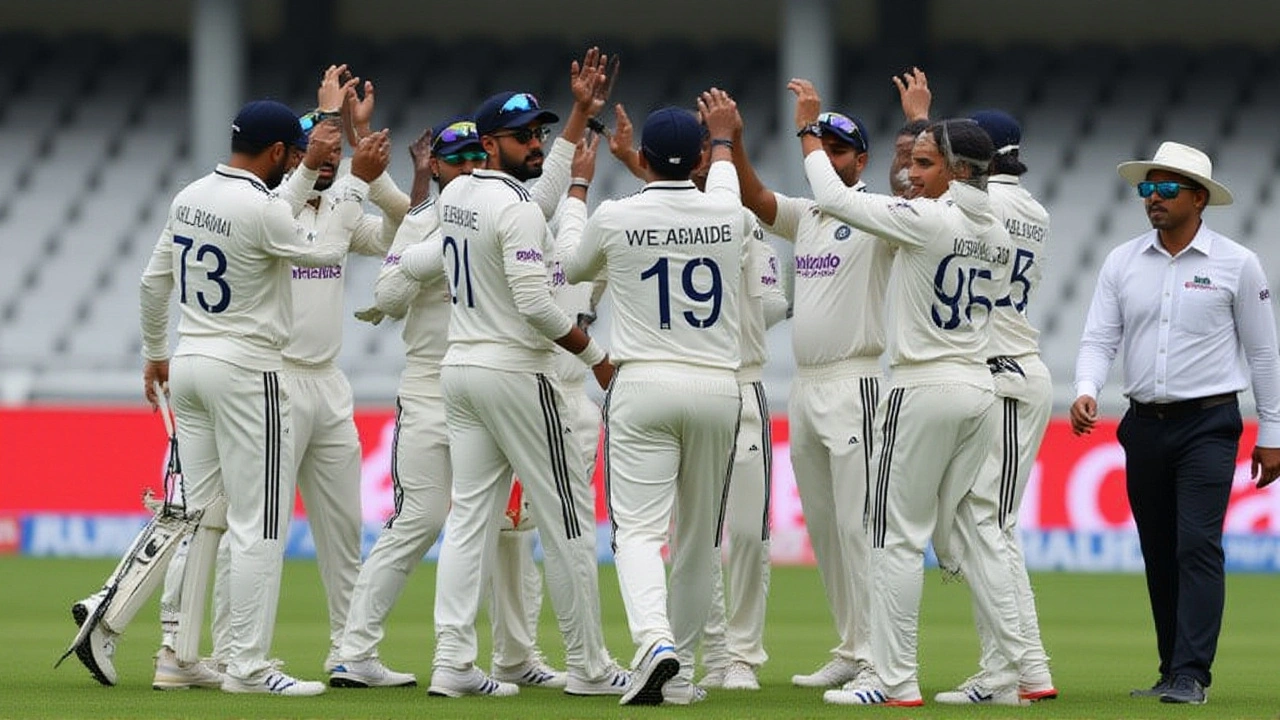India vs West Indies Test – What to Expect
When following India vs West Indies Test, the five‑day showdown between two historic cricketing nations. Also known as the India‑West Indies Test series, it brings together long‑form strategy, endurance, and national pride.
One core element of this rivalry is Test cricket, the longest format of the sport, usually played over five days with two innings per side. Its complexity demands patience and skill, making every session a chess match between bat and ball.
The series operates under the rules of the International Cricket Council (ICC), the global governing body that sets standards for match regulations, player eligibility, and tournament scheduling. The ICC also oversees the points system that feeds into the World Test Championship, so every run and wicket counts toward a larger goal.
Key Players, Skills, and Conditions
In the batting department, India's line‑up relies on a mix of technique and aggression. Players like Rohit Sharma and Cheteshwar Pujara demonstrate how a high batting average, a statistical measure of runs scored per dismissal, indicates consistency over a series can tilt the balance. For West Indies, the focus often shifts to raw power, with openers such as Kraigg Brathwaite using a solid defensive base to wear down bowlers.
Bowling is where the West Indies traditionally shine. Their pace attack, led by fast bowlers who can extract bounce and seam, influences match conditions by making the pitch deteriorate faster. This, in turn, affects the batting strategies of both sides, creating a feedback loop: West Indies’ pace attack influences pitch wear, which shapes India’s batting approach.
Meanwhile, India's spin quartet—Ravindra Jadeja and Axar Patel—offers a contrasting weapon. Spin in a Test setting often becomes crucial on the fourth and fifth days, when the surface cracks and offers turn. The interplay between fast bowling early on and spin later illustrates a semantic triple: Test cricket requires both pace and spin to be effective throughout a match.
Venue selection also matters. Matches played in Delhi’s Arun Jaitley Stadium typically offer a different bounce and weather pattern compared to the Caribbean’s Kensington Oval. These environmental factors affect everything from the choice of the new ball to field placements, reinforcing another connection: venue conditions dictate strategic adjustments for both batting and bowling units.
Fans often wonder how the series impacts broader rankings. Each Test contributes points to the ICC World Test Championship, meaning a win not only boosts national morale but also moves the team up the global ladder. Consequently, the outcome of India vs West Indies Test influences the ICC rankings and future tour schedules.
Beyond the on‑field action, media coverage and fan engagement shape the narrative. Social platforms amplify player interviews, allowing insights into preparation routines, mental stamina, and team chemistry. This off‑field dimension emphasizes that modern Test cricket blends athletic performance with storytelling, drawing a wider audience to what some call ‘the ultimate test of skill’.
All these elements—player form, pitch behavior, governing rules, and audience interest—combine to make the India vs West Indies Test a compelling case study in cricket strategy. Below you’ll find a curated collection of articles covering recent developments, tactical breakdowns, and behind‑the‑scenes stories that bring this series to life.
Ready to dive deeper? Browse the posts below to see how each facet plays out in real matches, from standout performances to tactical pivots that decided crucial moments.

India's Triple Century Surge Crushes West Indies, Leads by 286 Runs in Ahmedabad
- by Masivuye Mzimkhulu
- on 3 Oct 2025
India surged to a 286‑run lead after three centuries at Ahmedabad's Narendra Modi Stadium, putting West Indies under pressure in the World Test Championship opener.